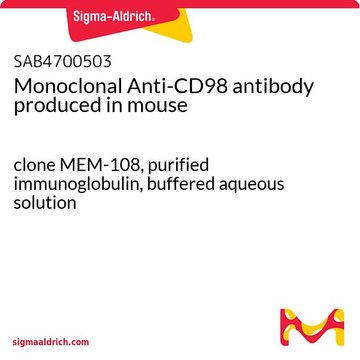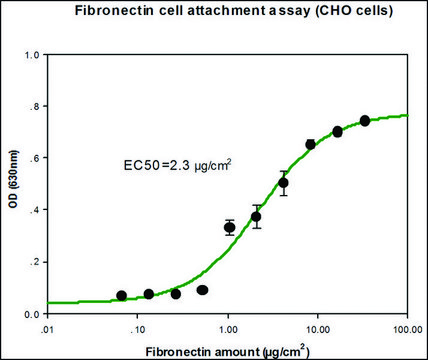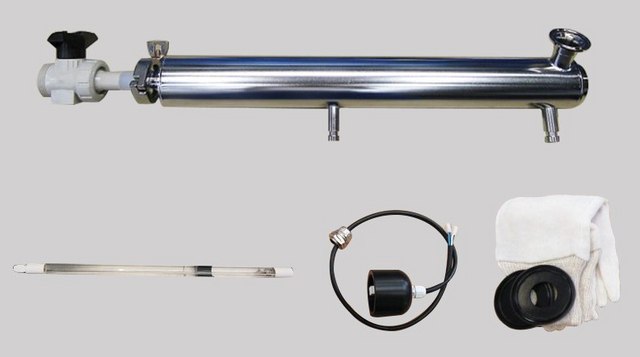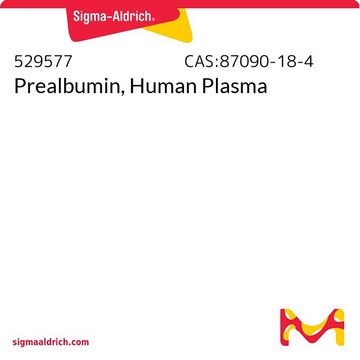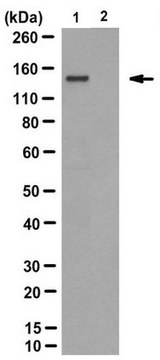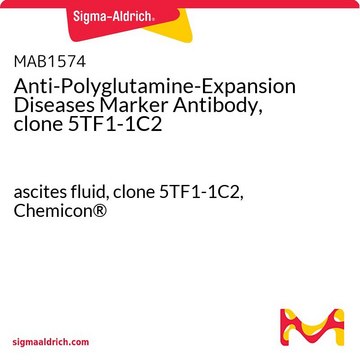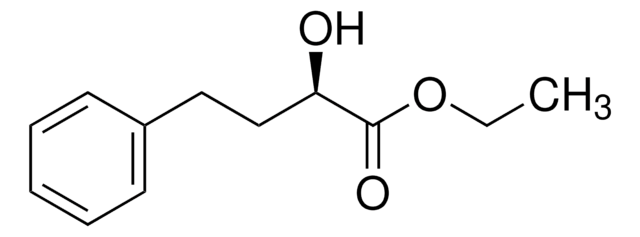07-466
Anti-PPARγ Antibody
Synonym(s):
peroxisome proliferative activated receptor, gamma, peroxisome proliferator-activated receptor gamma
Sign Into View Organizational & Contract Pricing
All Photos(1)
About This Item
UNSPSC Code:
12352203
eCl@ss:
32160702
Recommended Products
biological source
rabbit
antibody form
purified immunoglobulin
clone
polyclonal
purified by
using Protein A
species reactivity
human, mouse
manufacturer/tradename
Upstate®
technique(s)
western blot: suitable
isotype
IgG
NCBI accession no.
UniProt accession no.
General description
Peroxisome proliferator-activated receptors (PPARs) are nuclear hormone receptors that can be activated by a variety of compounds including fibratus, thiazolidinediones, prostaglandins and fatty acids. Three PPAR subtypes, designated PPARα, PPARβ (also designated PPARδ) and PPARγ, have been described. PPARs promote transcription by forming heterodimers with members of the retinoid X receptor (RXR) family of steroid receptors and binding to specific DNA motifs termed PPAR-response elements (PPREs). PPARα is abundant in primary hepatocytes where it regulates the expression of proteins involved in fatty acid metabolism. PPARβ is the most widely distributed subtype and is often expressed at high levels. PPARγ is predominantly seen in adipose tissue where it plays a critical role in regulating adipocyte differentiation.
Specificity
Predicted to cross-react with rat, pig, rabbit, rhesus monkey, mink and other vertebrates based on sequence conservation.
Recognizes PPARγ1 and 2, Mr 55-60 kDa. A non-specific protein was also detected, Mr 47 kDa after longer exposure.
Immunogen
KLH-conjugated, synthetic peptide (GEDKIKFKHITPLQEQ) corresponding to amino acids 256-271 of human PPARγ1 and amino acids 287-302 of human PPARγ2. The immunizing sequence is identical in mouse and rat.
Application
Research Category
Epigenetics & Nuclear Function
Epigenetics & Nuclear Function
Research Sub Category
Transcription Factors
Transcription Factors
Use Anti-PPARγ Antibody (Rabbit Polyclonal Antibody) validated in WB to detect PPARγ also known as Nuclear receptor subfamily 1 group C member 1, peroxisome proliferator activated receptor alpha.
Quality
Evaluated by western blot in RIPA lysates from 3T3/L1 cells differentiated into adipocytes.
Western Blot Analysis:
1-5 μg/mL of this antibody detected PPARγ protein in RIPA lysates from 3T3/L1 cells differentiated into adipocyte
Western Blot Analysis:
1-5 μg/mL of this antibody detected PPARγ protein in RIPA lysates from 3T3/L1 cells differentiated into adipocyte
Target description
~67 kDa
Physical form
Purified rabbit polyclonal IgG in buffer containing 70% storage buffer 0.014 M phosphate buffer, pH 7.6, 0.175 M NaCl, 0.07% sodium azide and 30% glycerol.
Storage and Stability
Stable for 1 year at -20ºC from date of receipt.
Analysis Note
Control
Human breast carcinoma tissue, rat skeletal muscle extract or U-937 cell lysate.
Human breast carcinoma tissue, rat skeletal muscle extract or U-937 cell lysate.
Other Notes
Concentration:Please refer to the Certificate of Analysis for the lot-specific concentration.
Legal Information
UPSTATE is a registered trademark of Merck KGaA, Darmstadt, Germany
Disclaimer
Unless otherwise stated in our catalog or other company documentation accompanying the product(s), our products are intended for research use only and are not to be used for any other purpose, which includes but is not limited to, unauthorized commercial
Regulatory Information
新产品
Certificates of Analysis (COA)
Search for Certificates of Analysis (COA) by entering the products Lot/Batch Number. Lot and Batch Numbers can be found on a product’s label following the words ‘Lot’ or ‘Batch’.
Already Own This Product?
Find documentation for the products that you have recently purchased in the Document Library.
Jeremie Boucher et al.
The Journal of biological chemistry, 285(22), 17235-17245 (2010-04-03)
Insulin and insulin-like growth factor-1 (IGF-1) act on highly homologous receptors, yet in vivo elicit distinct effects on metabolism and growth. To investigate how the insulin and IGF-1 receptors exert specificity in their biological responses, we assessed their role in
Jeremie Boucher et al.
Nature communications, 3, 902-902 (2012-06-14)
Insulin and insulin-like growth factor 1 (IGF-1) have important roles in adipocyte differentiation, glucose tolerance and insulin sensitivity. Here to assess how these pathways can compensate for each other, we created mice with a double tissue-specific knockout of insulin and
David A Sarruf et al.
Endocrinology, 150(2), 707-712 (2008-10-11)
In addition to increasing insulin sensitivity and adipogenesis, peroxisome proliferator-activated receptor (PPAR)-gamma agonists cause weight gain and hyperphagia. Given the central role of the brain in the control of energy homeostasis, we sought to determine whether PPARgamma is expressed in
Jordan B Jahrling et al.
The Journal of neuroscience : the official journal of the Society for Neuroscience, 34(11), 4054-4063 (2014-03-14)
Cognitive impairment is a quintessential feature of Alzheimer's disease (AD) and AD mouse models. The peroxisome proliferator-activated receptor-γ (PPARγ) agonist rosiglitazone improves hippocampus-dependent cognitive deficits in some AD patients and ameliorates deficits in the Tg2576 mouse model for AD amyloidosis.
Béatrice Bailly-Maitre et al.
The Journal of biological chemistry, 285(9), 6198-6207 (2009-12-10)
The unfolded protein response (UPR) or endoplasmic reticulum (ER) stress response is a physiological process enabling cells to cope with altered protein synthesis demands. However, under conditions of obesity, prolonged activation of the UPR has been shown to have deteriorating
Our team of scientists has experience in all areas of research including Life Science, Material Science, Chemical Synthesis, Chromatography, Analytical and many others.
Contact Technical Service